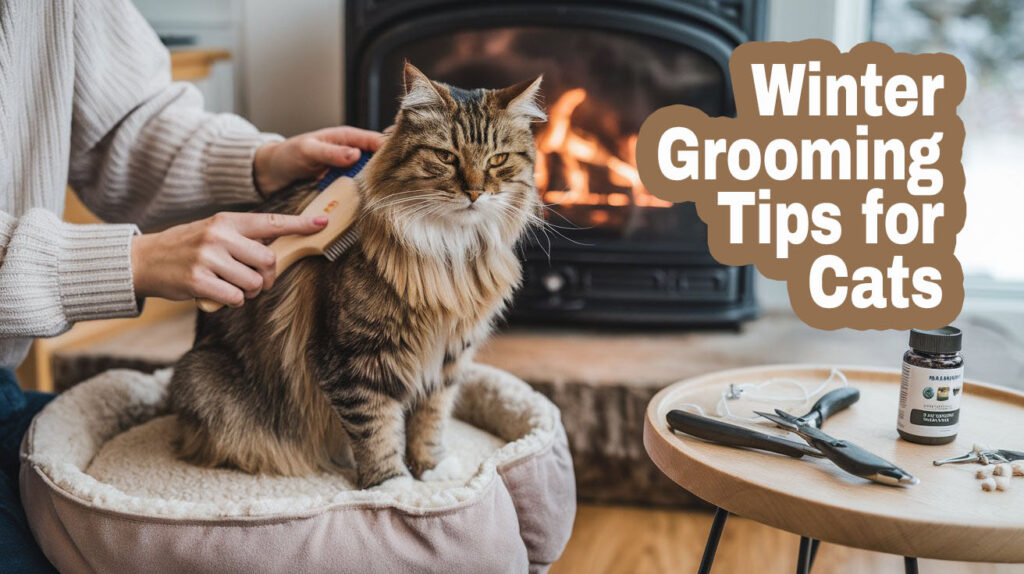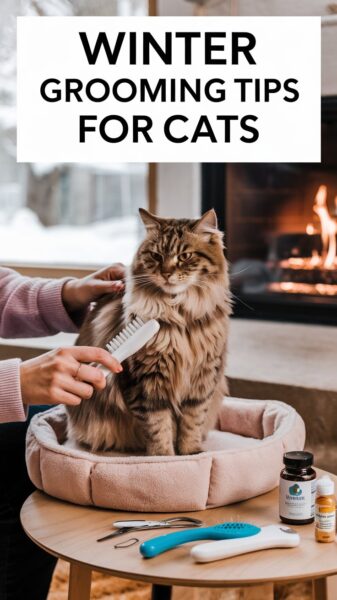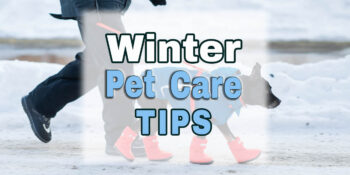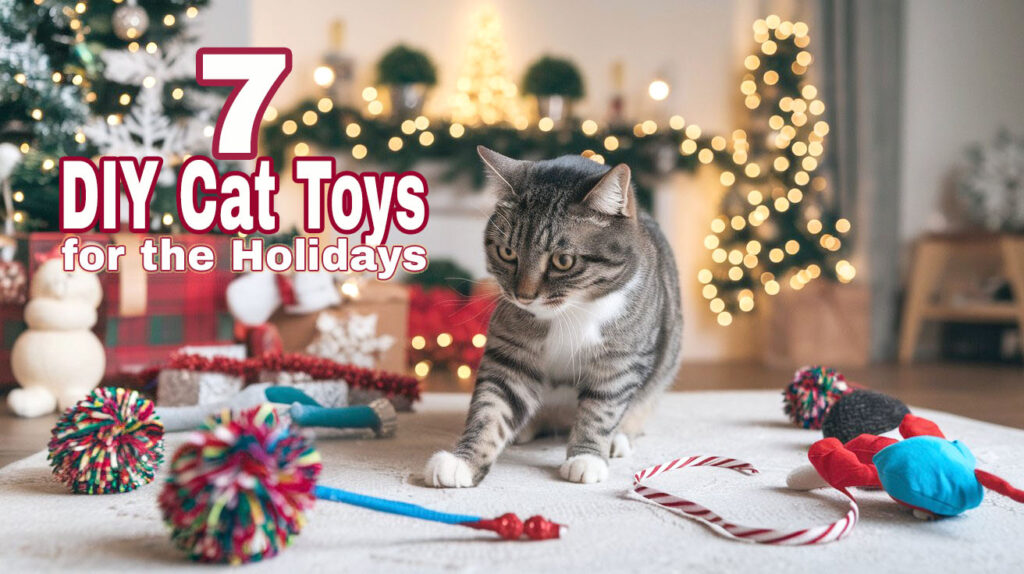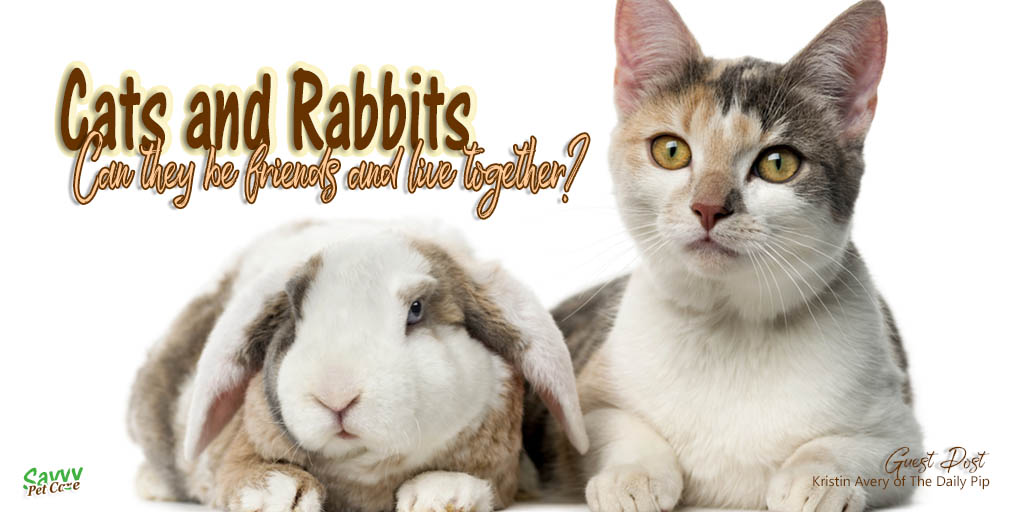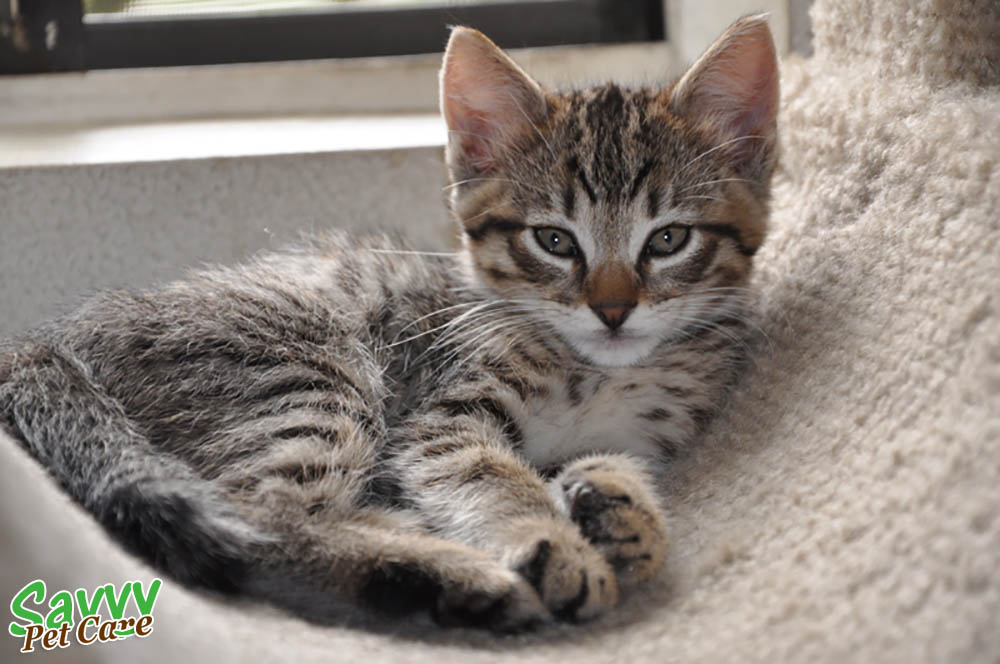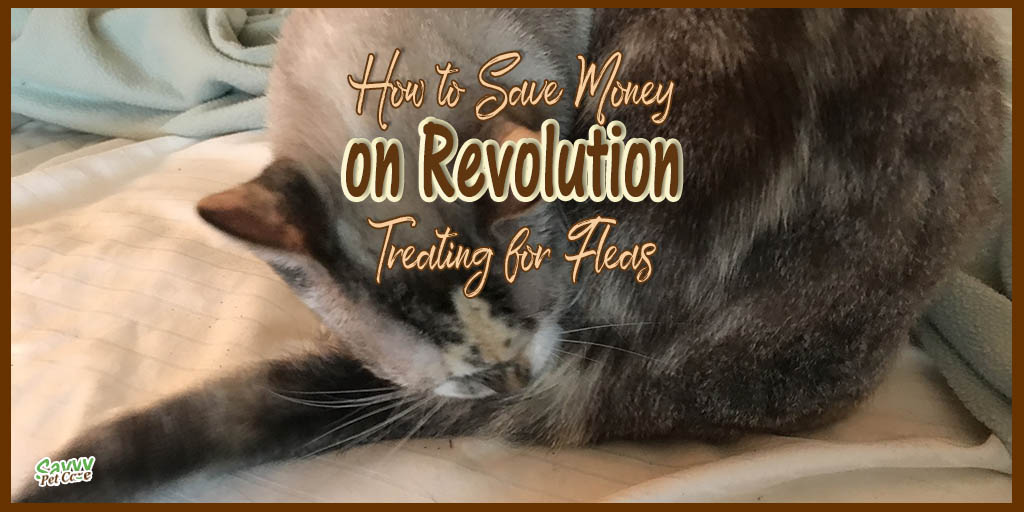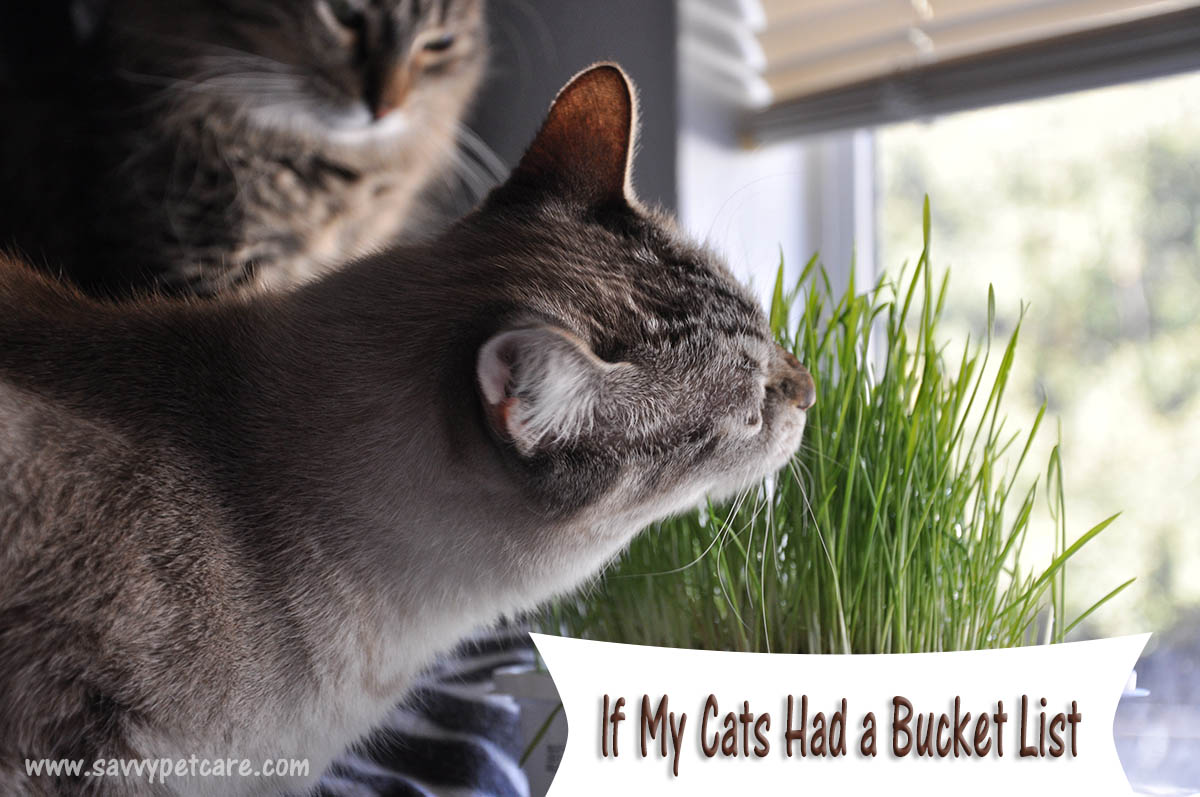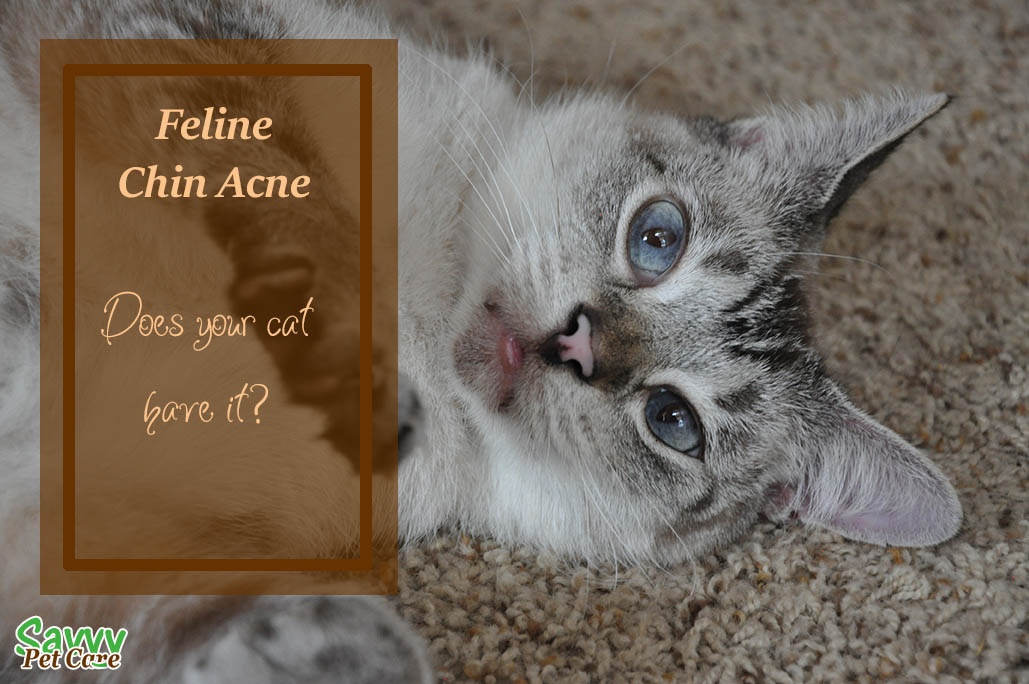Winter Grooming Hacks Every Cat Owner Needs
This post contains more than 30 actionable winter grooming tips for cats to keep them healthy and comfortable.
When the temperatures drop and winter settles in, your cat’s grooming needs may change in subtle but important ways. While cats are known for their meticulous grooming habits, the colder months can bring challenges like dry skin, increased shedding and a need for extra comfort. Indoor heating, less humidity and changes in activity levels can all impact your feline friend’s skin and coat health.
As a cat parent, taking a proactive approach using these winter grooming tips not only keeps your cat looking and feeling their best but also strengthens the bond you share. Whether your cat is an indoor snuggle buddy or enjoys occasional outdoor adventures, tailoring their grooming routine to the season is key to ensuring their health and happiness.
In this post, I’ll share essential winter grooming tips for cats to help you keep your feline friend comfortable, healthy, and looking great all season long. From managing shedding to protecting their skin and coat, I’ve got you covered with practical advice and expert-approved tips.
Brushing and Fur Care
Regular brushing is one of the most important aspects of winter grooming for cats. It not only keeps their coat looking sleek and healthy but also helps manage shedding and prevents potential skin issues. Winter is the perfect time to adjust your grooming routine to meet your cat’s seasonal needs.
Frequency
- Short-Haired Cats: Brush at least once a week to remove loose fur and prevent shedding from turning into hairballs.
- Long-Haired Cats: Brush daily or every other day to keep their coat tangle-free and avoid matting, which can become more common in winter as their coat thickens.
Choosing the Right Tools
The right brush makes grooming easier and more effective. Consider these options based on your cat’s coat type:
- Slicker Brushes: Great for long-haired cats to remove tangles and mats.
- Deshedding Tools: Effective for cats with dense undercoats, especially during shedding season.
- Rubber Brushes or Gloves: Ideal for short-haired cats to gently remove loose fur while giving a soothing massage.
Techniques for Brushing
- Be gentle, especially if your cat has dry or sensitive skin during winter.
- Start with short, light strokes and gradually increase the length of the brushing session as your cat gets comfortable.
- Pay extra attention to areas prone to matting, such as the chest, belly, and behind the ears.
Managing Matting in Long-Haired Cats
- Use a detangling spray designed for cats to help loosen knots before brushing.
- Work through mats with a wide-tooth comb, starting at the edges and slowly working inward.
- If a mat is too tight or close to the skin, consult a groomer or your vet to avoid causing pain or injury.
Bonus Tip
Make grooming a positive experience by rewarding your cat with treats or affection after each session. This helps them associate brushing with something enjoyable and reduces stress for both of you.
Regular brushing is not just about aesthetics—it’s an essential step in maintaining your cat’s comfort and health throughout the winter.
Skin and Coat Health
Winter can take a toll on your cat’s skin and coat, so it’s essential to address hydration, moisture, and nutrition to keep them healthy and comfortable. Dry indoor air, temperature fluctuations and seasonal shedding all contribute to changes that require extra attention.
Hydration
- Importance of Hydration: Indoor heating can lead to dehydration, which impacts your cat’s skin and coat.
- Encourage Water Intake:
- Use a pet water fountain to make drinking water more appealing. Cats are naturally drawn to running water.
- Place water bowls in multiple locations to encourage frequent drinking.
- Consider adding water to your cat’s wet food or offering broth (without onions, garlic, or seasoning) as a treat.
Moisturizing Solutions
- Natural Moisturizers: Dry skin can cause itchiness and flaking. A small amount of coconut oil, applied sparingly and gently massaged into the fur, can help. Always check with your vet before introducing new products.
- Humidity: Increase humidity in your home using a humidifier to counteract the drying effects of heaters. This benefits both you and your cat!
- Avoid Human Products: Never use lotions or moisturizers made for humans, as they can contain harmful ingredients. Stick to vet-approved products designed for cats.
Dietary Support
- Omega-3 Fatty Acids: Adding omega-3 supplements to your cat’s diet can improve coat health and reduce dryness. Look for fish oil supplements specifically formulated for pets.
- High-Quality Diet: Ensure your cat is eating a high-quality, well-balanced diet rich in protein and essential fatty acids to support overall skin and coat health.
- Consult Your Vet: If you’re considering dietary changes or supplements, discuss them with your veterinarian to ensure they meet your cat’s specific needs.
Warning Signs to Watch For
Monitor your cat’s skin and coat regularly during grooming sessions. Look for:
- Excessive flaking or dandruff.
- Bald spots or areas of thinning fur.
- Persistent scratching or licking, which could indicate dry skin or an underlying issue.
By prioritizing hydration, moisture, and nutrition, you can protect your cat’s skin and coat from the challenges winter brings. These steps will help keep their fur glossy and their skin healthy, ensuring they stay comfortable and content throughout the season.
Nail Care
Winter can bring subtle changes to your cat’s activity levels and behavior, which may affect their nail health. With many cats spending more time indoors during the colder months, their nails may grow faster or become sharper due to reduced natural wear. I’ve also noticed that my senior cat needs her nails trimmed much more often. Regular nail care is crucial to keep your cat comfortable and prevent accidental scratches or snags.
Winter Behavior and Nail Growth
- Reduced Activity: Cats often slow down during winter, meaning less climbing, scratching, and running. This can lead to longer, sharper nails that need regular trimming.
- Indoor Scratching: Without outdoor surfaces like trees to scratch, indoor cats may rely more on scratching posts—or your furniture—to keep their nails manageable.
How to Safely Trim Your Cat’s Nails
- Tools You’ll Need:
- Cat-specific nail clippers or a guillotine-style trimmer.
- A styptic powder or pencil in case of accidental nicks.
- Steps for Trimming:
- Choose a quiet, well-lit space where your cat feels relaxed.
- Gently hold your cat’s paw and press lightly on the pad to extend the nail.
- Trim only the sharp tip of the nail, avoiding the pink area (quick), which contains blood vessels and nerves.
- Take breaks if your cat becomes restless, and reward them with treats or affection afterward.
Encourage Natural Nail Maintenance
- Scratching Posts:
- Provide sturdy scratching posts covered in sisal, carpet, or cardboard.
- Place posts in areas your cat frequents, like near sleeping spots or windows.
- Variety of Surfaces: Offer different types of scratchers (vertical, horizontal, or angled) to suit your cat’s preferences.
Signs Your Cat’s Nails Need Attention
- Clicking sounds when they walk on hard floors.
- Nails snagging on fabric or furniture.
- Nails curling toward the paw pad, which can cause pain or injury if left untrimmed.
Tips for Nervous Cats
- Get your cat accustomed to having their paws handled by gently massaging them during cuddle sessions.
- Trim just one or two nails at a time if your cat is particularly skittish.
For cats who are really opposed to their nails being trimmed, I’ve seen lots of interesting products out there designed to help. One effective tool is a cat grooming restraint bag, which gently confines your cat’s movement while allowing access to their paws for nail trimming.
Here’s a video demonstrating how to use a cat grooming restraint bag:
This video provides a visual guide on safely securing your cat during grooming sessions, ensuring a stress-free experience. Always ensure the restraint is comfortable for your cat and never leave them unattended while restrained.
Regular nail care is essential for your cat’s comfort and safety, especially in winter when activity levels might change. By maintaining their nails and encouraging natural scratching behaviors, you’ll help prevent problems and keep your cat content all season long.
Bathing in Winter
Cats are naturally adept at grooming themselves, and in most cases, they don’t require frequent baths. However, there are times when a bath might be necessary—even during the chilly winter months. When bathing is unavoidable, taking steps to keep your cat warm and comfortable is essential.
When Baths Are Necessary
- Dirt or Debris: If your cat gets into something messy or sticky, a bath might be the only way to clean their fur.
- Skin Conditions: Some cats with specific skin issues may require medicated baths as prescribed by a vet.
- Long-Haired Cats: Sometimes, long-haired cats need extra help keeping their coats clean, especially if mats or tangles form.
How to Bathe Your Cat Safely in Winter
- Prepare a Warm Space:
- Ensure the bathing area is warm and draft-free.
- Have towels, a gentle cat shampoo, and everything you’ll need within reach.
- Use Warm Water: Fill a basin with lukewarm water—never too hot or cold—to keep your cat comfortable.
- Dry Thoroughly:
- After bathing, wrap your cat in a soft, warm towel and pat their fur dry.
- If your cat tolerates it, use a hairdryer on the lowest heat and noise setting to dry their fur completely, especially for long-haired breeds.
Alternatives to Bathing
For most cats, a full bath isn’t necessary. These alternatives can help keep your cat clean without the stress of a bath:
- Grooming Wipes: Use pet-safe wipes to clean specific areas, like muddy paws or around the face.
- Waterless Shampoo: Apply a dry or foam-based shampoo designed for cats, then brush it out.
- Spot Cleaning: Use a damp washcloth to clean small messes, focusing on the fur and avoiding the skin.
When to Avoid Bathing
- If your home is particularly cold, or your cat shows signs of stress, it may be better to avoid bathing unless absolutely necessary.
- Older or sick cats may have difficulty maintaining their body temperature after a bath. Consult your vet if you’re unsure.
Bonus Tip
Turn bath time into a bonding experience by speaking to your cat in a soothing voice and rewarding them with treats afterward. This can help reduce stress and make future grooming sessions easier.
Bathing in winter requires extra care to ensure your cat stays warm and safe. By using gentle techniques or opting for alternatives, you can keep your cat clean and comfortable without compromising their health.
Tips for Managing Hairballs
Winter’s increased shedding can lead to more frequent hairballs, which can be uncomfortable for your cat and messy for you. By being proactive, you can reduce the chances of hairballs and keep your cat happy and healthy.
How Grooming Helps
- Brush Regularly: Regular brushing removes loose fur before your cat ingests it while grooming themselves. For long-haired cats, this is especially important during winter when their coats are thicker.
- Use a Deshedding Tool: These tools are designed to remove undercoat fur, reducing shedding and preventing hairballs at the source.
Related Post: How to Prevent Cat Hairballs
Dietary Remedies
- Fiber-Rich Food: Some cat foods are specifically formulated to manage hairballs by including additional fiber to help move fur through the digestive tract.
- Hairball Supplements: Products like gels or treats can lubricate your cat’s digestive system, making it easier for them to pass hair naturally.
- Hydration: Encourage your cat to drink more water, as proper hydration supports digestion and reduces hairball formation.
Monitor for Issues
While occasional hairballs are normal, frequent or excessive vomiting can indicate an underlying issue, such as a blockage. Consult your vet if your cat seems to struggle with hairballs regularly.





